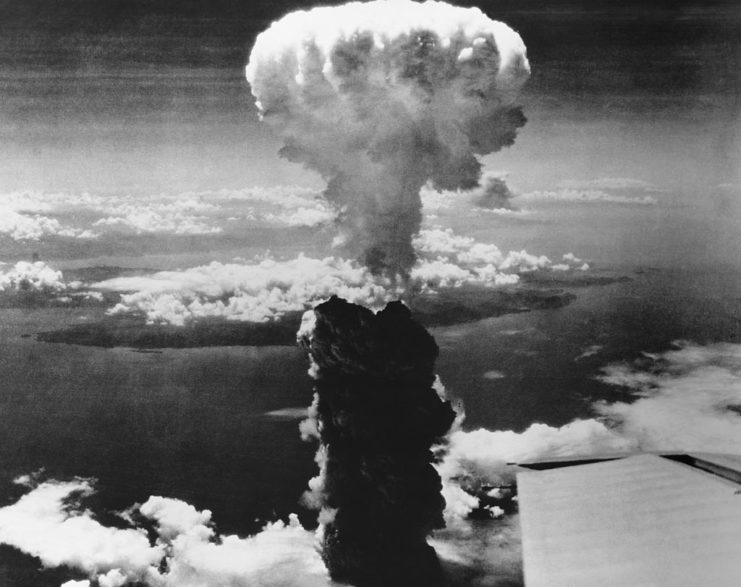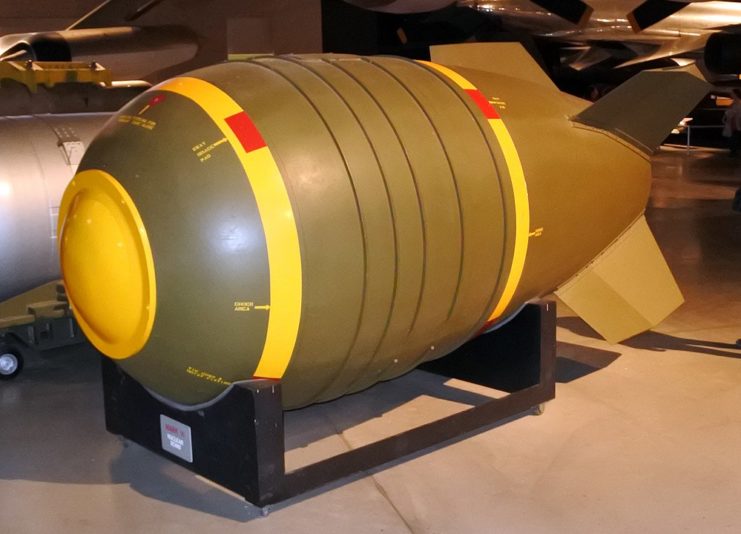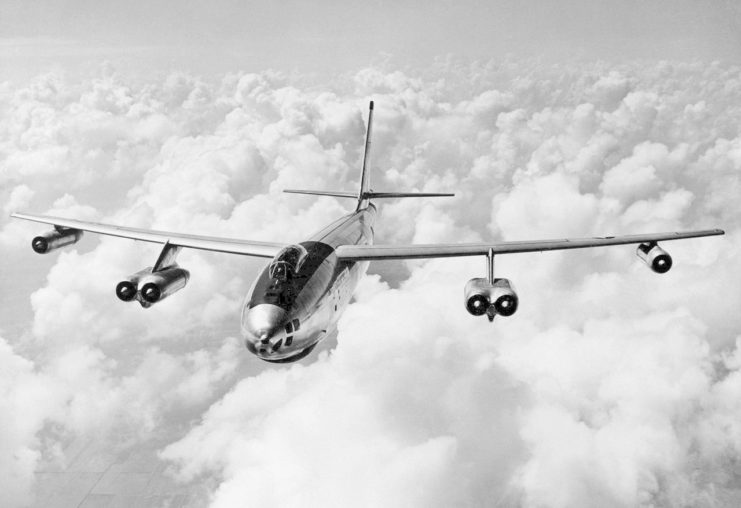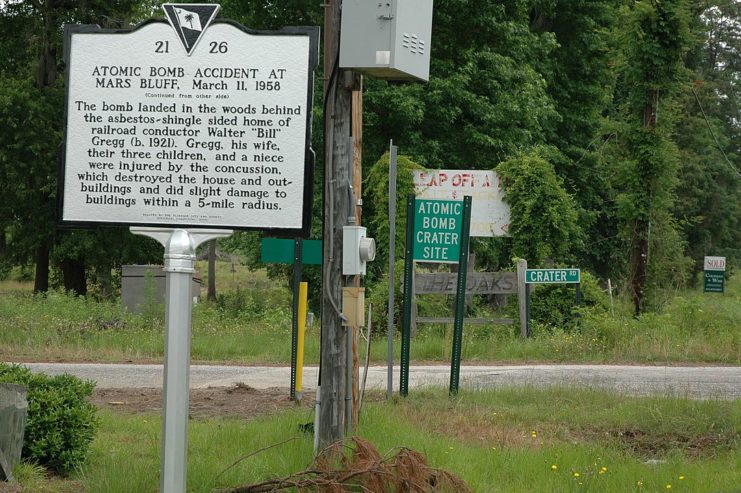Starting in the late 1940s and lasting until the conclusion of the Cold War, there was an ongoing arms race between the United States and the Soviet Union. During this time, both countries actively engaged in weapons testing, resulting in several accidents. A particularly notable accident happened in 1958 in Mars Bluff, South Carolina.
The United States continued developing bombs after World War II

The Second World War was a brutal conflict. The US put an end to it during the summer of 1945 by dropping the atomic bombs Little Boy and Fat Man on Hiroshima and Nagasaki. The country, however, wasn’t finished developing new and more powerful nuclear weapons.
Development of the Mk 6 nuclear bomb

The Mk 6 nuclear bomb, a step up from the bomb used in Nagasaki during World War II, had multiple versions created. This development happened between 1951 and 1955, and the bomb remained operational until 1962. Throughout this period, more than 1,000 bombs were manufactured with different nuclear yields.
In preparation for potential conflicts with the Soviet Union, the US Air Force integrated the Mk 6 nuclear bomb into training drills. As a result, during the 1950s, there were a few instances of accidental deployment, termed “broken arrows” by the US military.
A Mk 6 nuclear bomb is dropped on Mars Bluff, South Carolina

On March 11, 1958, a Boeing B-47 Stratojet embarked from Hunter Army Airfield, Georgia, carrying an aircrew from the 375th Bombardment Squadron, 308th Bombardment Wing. The strategic bomber was en route to the United Kingdom, before flying from there to North Africa to participate in Operation Snow Flurry, where pilots would practice mock bomb drops. While just a training exercise, the B-47’s crew felt pressured, as the exercise was timed.
Before they departed, the men had haphazardly placed their Mk 6 nuclear bomb in the bomb bay, as they’d struggled to secure it. They resorted to placing the explosive in a sling and hammering the steel locking pin until it locked. When they took off from the airfield, the mechanism disengaged, as per protocol, but failed to re-engage once the B-47 was airborne.
Navigator and bombardier Capt. Bruce Kulka was informed about the issue. While examining the area, he accidentally pulled the emergency release pin, causing the bomb to fall 15,000-20,000 feet to the ground. Kulka was in danger of falling out of the open bomb bay, but managed to save himself by grabbing onto something and pulling himself to safety.
The Mk 6 nuclear bomb crashed into a playhouse that a man named Bill Gregg had built for his children. At the time, his kids were playing approximately 200 feet away. The playhouse was destroyed in the blast, and the bomb left a 70-foot-wide crater. Gregg, his children, and his wife all sustained injuries, and seven nearby buildings were damaged.
Reaction to the Mars Bluff Incident

Remarkably, none of the individuals affected by the explosion sustained severe injuries, as the fissile nuclear core of the Mk 6 nuclear bomb was stored in a different section of the B-47. What exploded was the TNT within the device. If a full-scale nuclear explosion had occurred, the resulting destruction would have been catastrophic.
Military officials arrived at the scene within hours of the incident. The Gregg family, who lost everything when the bomb went off, sued the Air Force and were awarded $54,000 in compensation. Despite the loss, Bill Gregg remained optimistic about the situation, later telling the local newspaper, “I’ve always wanted a swimming pool, and now I’ve got a hole for one at no cost.”
Legacy of the Mars Bluff Incident

More from us: The US Army Air Corps Once Dropped Bombs on Boise City, Oklahoma
The near-disaster became known as the “Mars Buff Incident,” and received local and international coverage. It also contributed to a change in the way the Air Force ran its training exercises going forward, especially since accidents like it were more common than the military would have liked to admit. Shortly after, the branch stopped carrying nuclear bombs during training missions.
